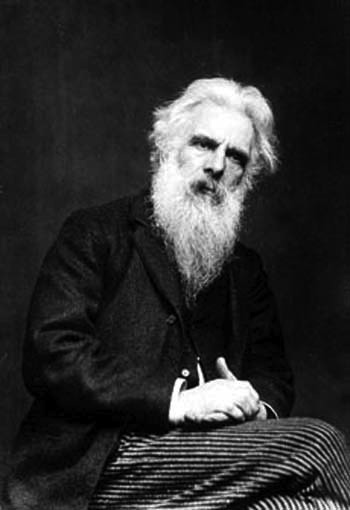I have been recently looking at a couple of books for tutorials in order to understand the various techniques and methods for modelling. This research will mainly feed into my 3D Technology and 3D Animation modules (tasks one and two, due in on weeks 7 and 8).
I have been looking into both Autodesk Mudbox and 3Ds Max tutorials from the following books:
- de la Flor, M. & B. Mongeon (2010) Digital Sculpting with Mudbox: Essential Tools and Techniques for Artists, Amsterdam; London: Focal Press.
- Autodesk Inc. (2006) 3ds Max Essentials 9, Amsterdam; London: Focal Press.
- Gahan, A. (2009) 3ds Max Modeling for Games, Amsterdam; London :Focal Press/Elsevier.
I have also been looking at some journals surrounding this field and has been used in this section of a 10 minute presentation I am researching for my 3D technology module. The subject up for discussion is the comparison between two types of modeling. This is box, or polygonal modelling and sculpting.
Aspect One - Ease of Use
The ease of use and learning curve of modelling technologies is very important; not only for the artist, but also for work-flow and industry needs. In their discussion of early digital sculpting systems, Ronald N & Sarah F suggest that:
“There is no consideration of user interfaces for digital sculpting, no method for conversion to standard representations, no method for correcting distance values away from the surface, no hardware acceleration, and only discrete steps are supported during editing.”
Ronald N. Perry & Sarah F. Frisken, ‘Kizamu: A System For Sculpting Digital Characters’, Proceedings of the 28th annual conference on Computer graphics and interactive techniques, (2001), 47-56, 49.
Initial sculpting systems were difficult to use, with extremely complex interfaces and tools often alien to the user. Although these systems were available, they were generally exclusive to the commercial animators. It has only been in the last few years that software such as Mudbox and ZBrush have developed the interface, tools and editing capabilities, which closely simulate the art of sculpting, enabling the software to reach a wider audience. In comparison, box / poly modelling has been around for much longer, and functions on a mathematically dependent platform. As it is one of the most long-standing methods for creating 3D objects, there seems to be a ‘what you see is what you get’ approach, and it has a firm position in the industry. Essentially, once you’ve picked up the basic skills needed to create shapes - to edit vertices, edges and so on - it is quite feasible to create more complex objects and models in 3D space, picking up extras tools as the user goes along.
In terms of hardware, software and performance demands, sculpting technologies have rapidly caught up with conventional methods of modelling with the use of several algorithms to compensate for the amount of visual information being shown. In this respect, sculpting and box / poly modelling are of more or less equal standing in the industry. However, where sculpting falls down is when it comes to flexible and versatile content. Items made in programs such as Mudbox are usually extremely complex with a high poly count. As a result, directly exporting such items into other mediums which use low poly characters and assets can create complications. These models would have to be scaled down, or a low resolution version would need to be mocked up. By comparison, the ‘ground up’ box/poly modelling approach is ideal for creating low poly assets, as it uses direct vertex manipulation giving the user complete control over the file size of the model, thus making box/poly modelling more versatile. However, this is likely to change in the near future, with the demand for realism and the advancements into algorithms and gaming engines.
------------------------------------------------------------------------------
This is an interesting comparison and has allowed me to begin to understand a couple of approaches to modelling. The only downside to this however, is that the comparison is not exactly 'up vs down', but more one method of moving points in space vs another, so any conclusions have the risk of not being truly critical. This is something that I will need to keep in mind. I feel that the finished presentation would benefit from a variety of sourced references, and images to back up key points. This research has so far enabled me to use my own experience from tutorials and am beginning to gain an insight into two of the most common modelling approaches.
The next stage is to complete this presentation and use the research gained, along with research on animation technologies and continue to critique them accordingly.








